Cell Cycle Reading Worksheet
The cell cycle is a complex process that involves a series of events, such as cell growth, DNA replication, and cell division. Understanding this fundamental concept is crucial for students and biology enthusiasts alike. To help deepen your knowledge and comprehension of the cell cycle, we have designed a comprehensive reading worksheet that delves into the intricacies and stages of this remarkable cellular process.
Table of Images 👆
- Cell Cycle Review Worksheet Answers
- Cellular Respiration Worksheet Answer Key
- Cell Cycle and Mitosis Worksheet Answer Key
- Cell Cycle Mitosis and Meiosis Test Answers
- Mitosis Meiosis Worksheet Answer Key
- Mitosis and Meiosis Worksheet Answer Key
- AP Biology Meiosis Worksheet Answer Key
- Meiosis and Mitosis Worksheet
- The Cell Cycle Worksheet Study Guide
- Microscope Parts Worksheet Answers
- Cell Organelles Worksheet Answers
- Chapter 12 Biology Answer Key
More Other Worksheets
Kindergarten Worksheet My RoomSpanish Verb Worksheets
Cooking Vocabulary Worksheet
DNA Code Worksheet
Meiosis Worksheet Answer Key
Art Handouts and Worksheets
7 Elements of Art Worksheets
All Amendment Worksheet
Symmetry Art Worksheets
Daily Meal Planning Worksheet
What is the purpose of the cell cycle?
The purpose of the cell cycle is to ensure that a cell grows, replicates its DNA, and divides into two daughter cells. This process allows for the maintenance of proper cell function, tissue growth, and repair in multicellular organisms. Additionally, the cell cycle helps regulate the orderly progression of cell division to prevent uncontrolled cell growth and maintain cellular homeostasis.
What are the main stages of the cell cycle?
The main stages of the cell cycle are interphase, which includes G1 (gap 1), S (DNA synthesis), and G2 (gap 2) phases, followed by mitosis (M phase).During interphase, the cell grows, replicates DNA, and prepares for division. Mitosis is the phase during which the cell's nucleus divides into two daughter nuclei, followed by cytokinesis, where the cytoplasm divides, resulting in two new daughter cells.
What happens during interphase?
During interphase, a cell grows and carries out normal cellular functions such as metabolism, protein synthesis, and organelle replication. DNA is also replicated in preparation for cell division. This phase is crucial for ensuring the proper division of genetic material during mitosis or meiosis.
What is the significance of the G1 phase?
The G1 phase is a crucial stage in the cell cycle where cells grow and perform their normal functions. It is a period of preparation for DNA replication in the subsequent S phase. During G1, cells monitor their environment to ensure conditions are favorable for cell division, and they also check for any damage or errors in DNA. This phase is important in determining whether a cell will continue to divide, enter a state of dormancy (G0 phase), or undergo programmed cell death (apoptosis).
Describe the events that take place during the S phase.
During the S phase of the cell cycle, DNA replication occurs. This involves the duplication of the cell's genetic material, where each chromosome is replicated to produce an identical sister chromatid. The process is tightly regulated to ensure accurate duplication of the genome. Additionally, during the S phase, histones and other proteins necessary for chromatin structure are also synthesized to package the newly replicated DNA. Overall, the S phase is crucial for ensuring that each daughter cell receives a complete and accurate copy of the genetic material during cell division.
What is the role of the G2 phase?
The G2 phase is the phase of the cell cycle where the cell prepares for mitosis. It follows the S phase, during which DNA is replicated. In the G2 phase, the cell continues to grow and carry out normal cellular functions, while also checking for any errors in DNA replication. The main role of the G2 phase is to ensure that the cell is ready for mitosis, where the cell will divide to create two identical daughter cells.
Explain the process of mitosis.
Mitosis is a process in which a single cell divides to produce two identical daughter cells. It consists of several stages: prophase, where the chromosomes condense and become visible; metaphase, where the chromosomes align in the center of the cell; anaphase, where the sister chromatids separate and move to opposite ends of the cell; and telophase, where the cell divides into two daughter cells. This process is crucial for growth, development, and tissue repair in multicellular organisms.
What are the four main stages of mitosis?
The four main stages of mitosis are prophase, metaphase, anaphase, and telophase. During prophase, the nuclear membrane dissolves, and the chromatin condenses into visible chromosomes. In metaphase, the chromosomes align in the middle of the cell. Anaphase is characterized by the separation of sister chromatids to opposite ends of the cell. Finally, during telophase, a new nuclear membrane forms around each set of separated chromosomes, and the cell begins to divide into two separate daughter cells.
What happens during cytokinesis?
During cytokinesis, the cell undergoes division into two daughter cells by forming a physical separation called the cleavage furrow in animal cells or the cell plate in plant cells. The cytoplasm, organelles, and replicated chromosomes are distributed equally between the two daughter cells, resulting in the completion of the cell cycle and the formation of two genetically identical daughter cells.
How does the cell cycle ensure the growth and maintenance of organisms?
The cell cycle ensures the growth and maintenance of organisms by regulating the timing and duplication of cells. Through processes such as cell division (mitosis) and cell growth (interphase), the cell cycle allows for the controlled replication of cells to replace damaged or old ones, promote growth, and maintain overall tissue and organ functionality within an organism. This systematic process ensures that cells can proliferate and differentiate to sustain the organism's growth and maintain its health and structure.
Have something to share?
Who is Worksheeto?
At Worksheeto, we are committed to delivering an extensive and varied portfolio of superior quality worksheets, designed to address the educational demands of students, educators, and parents.

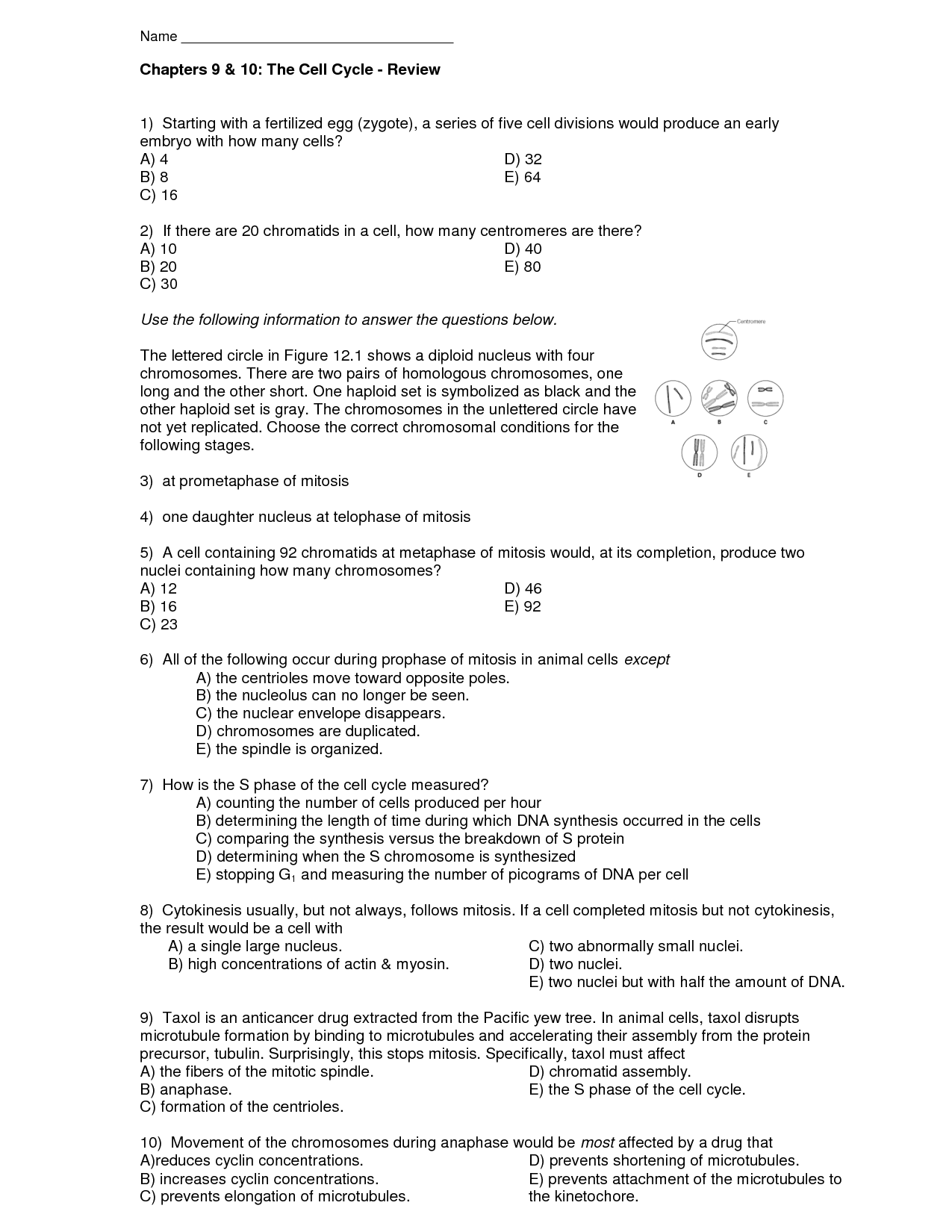




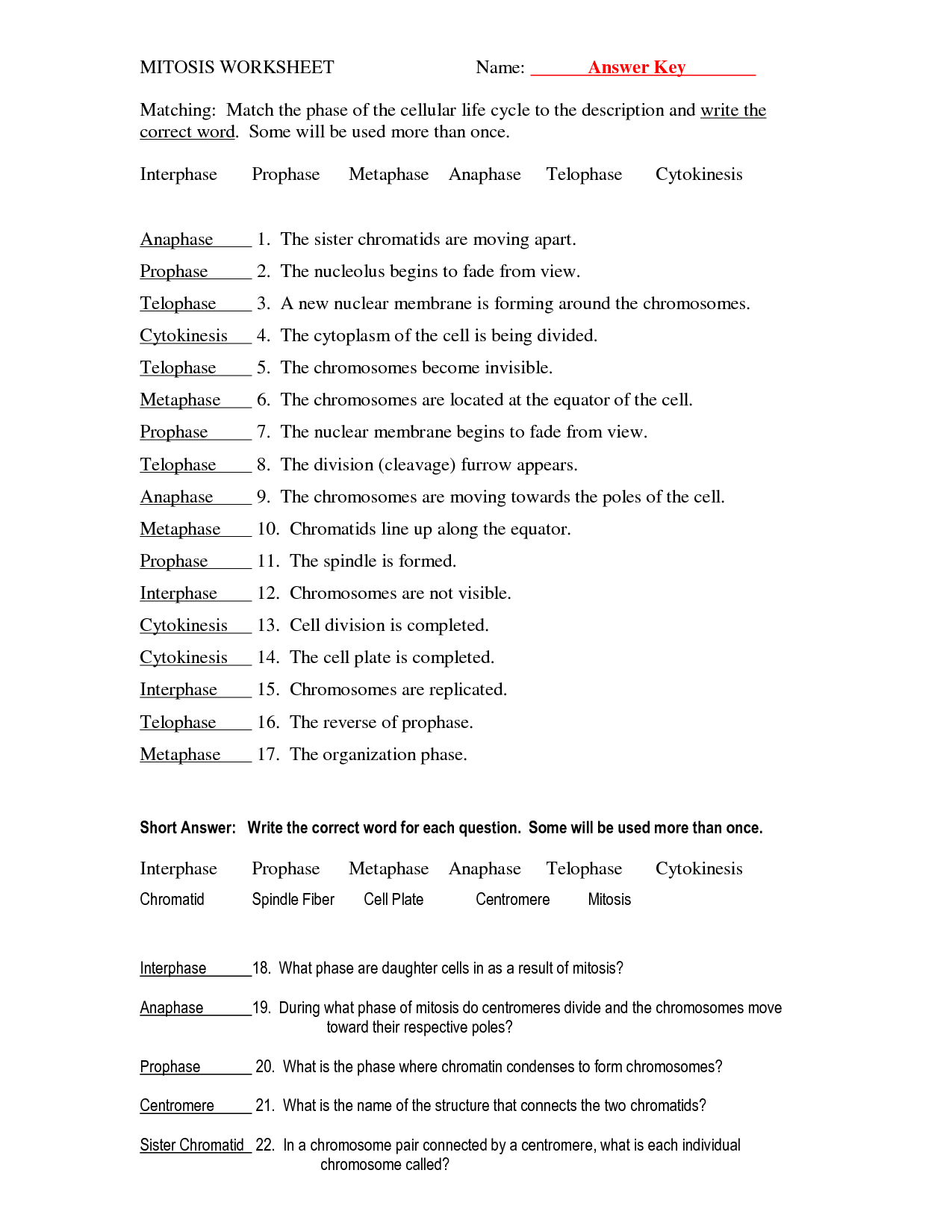
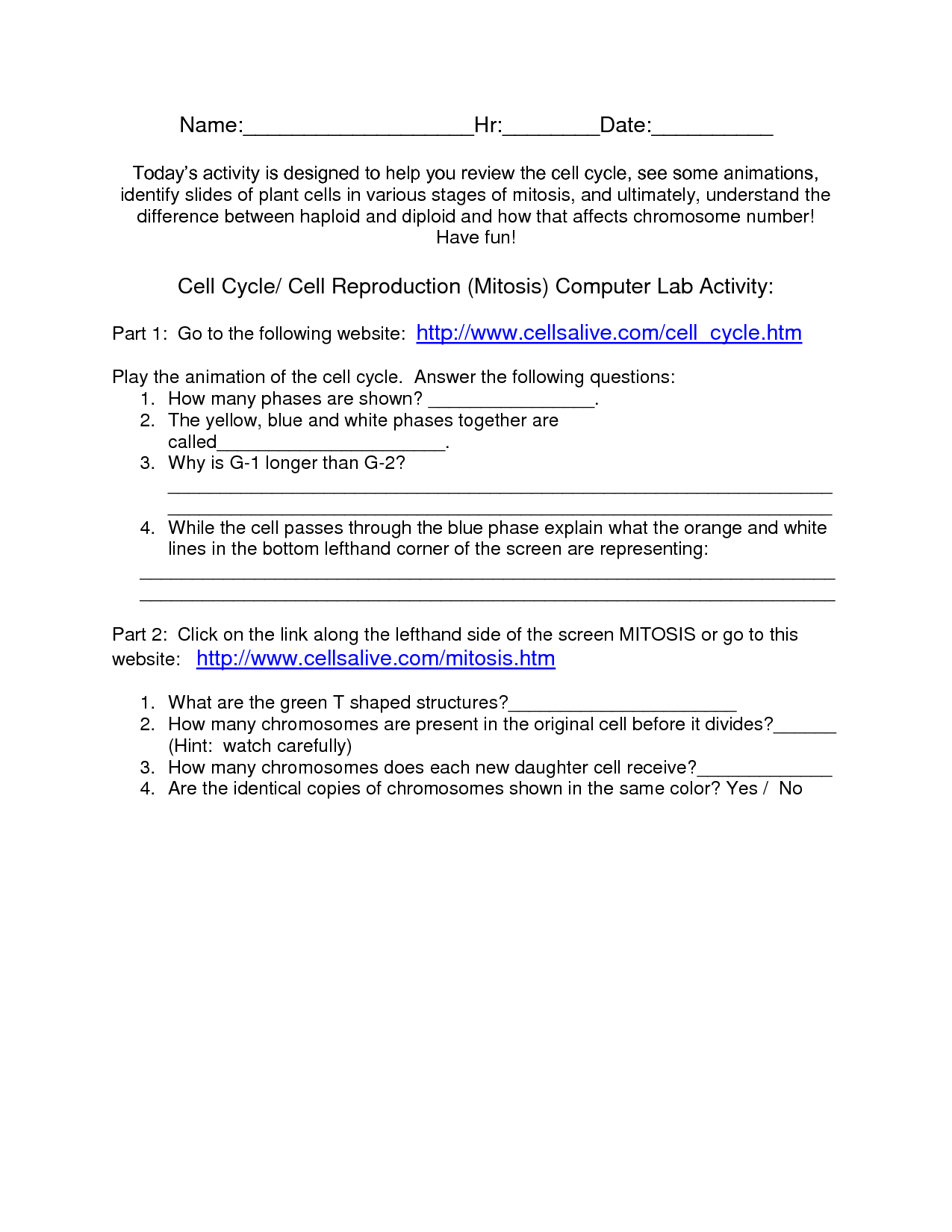
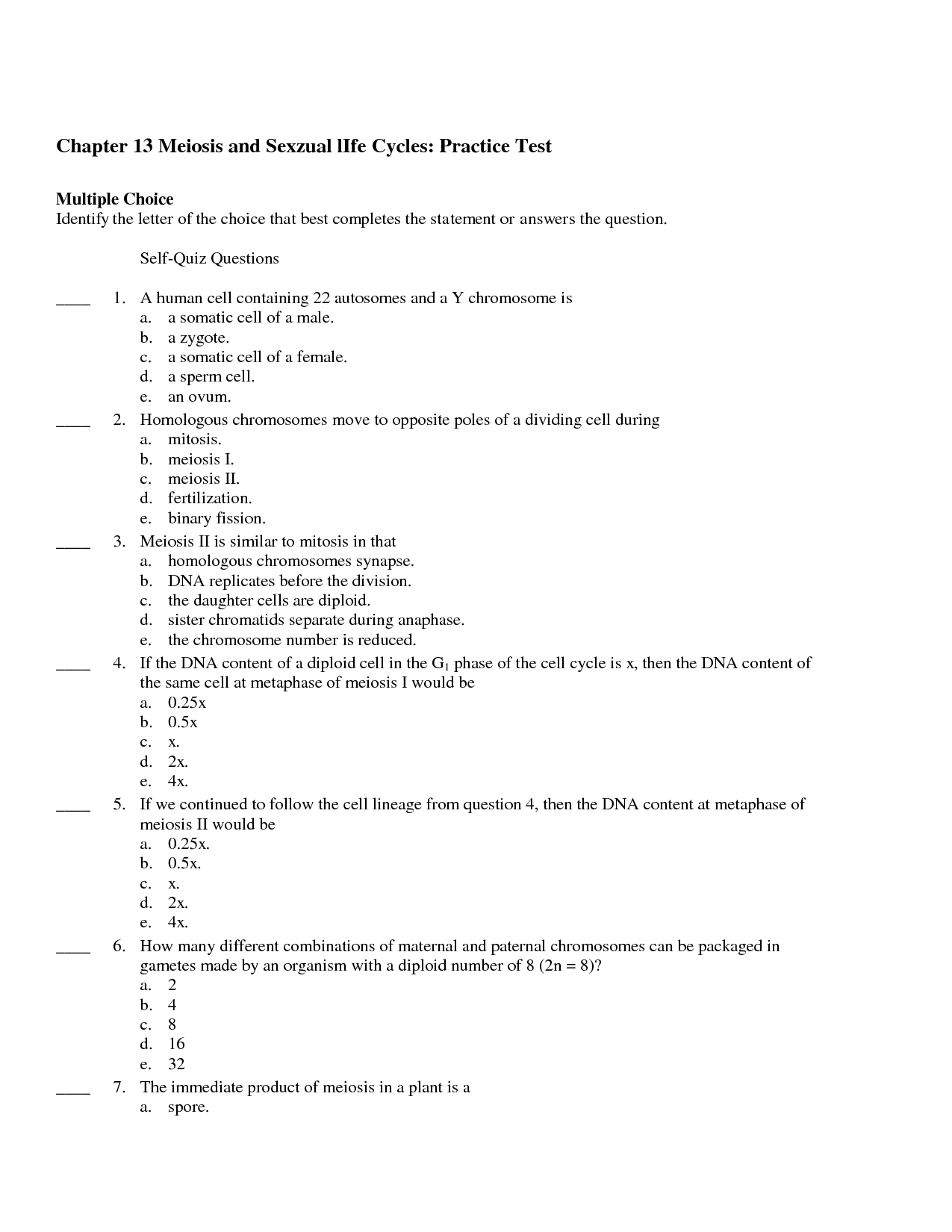
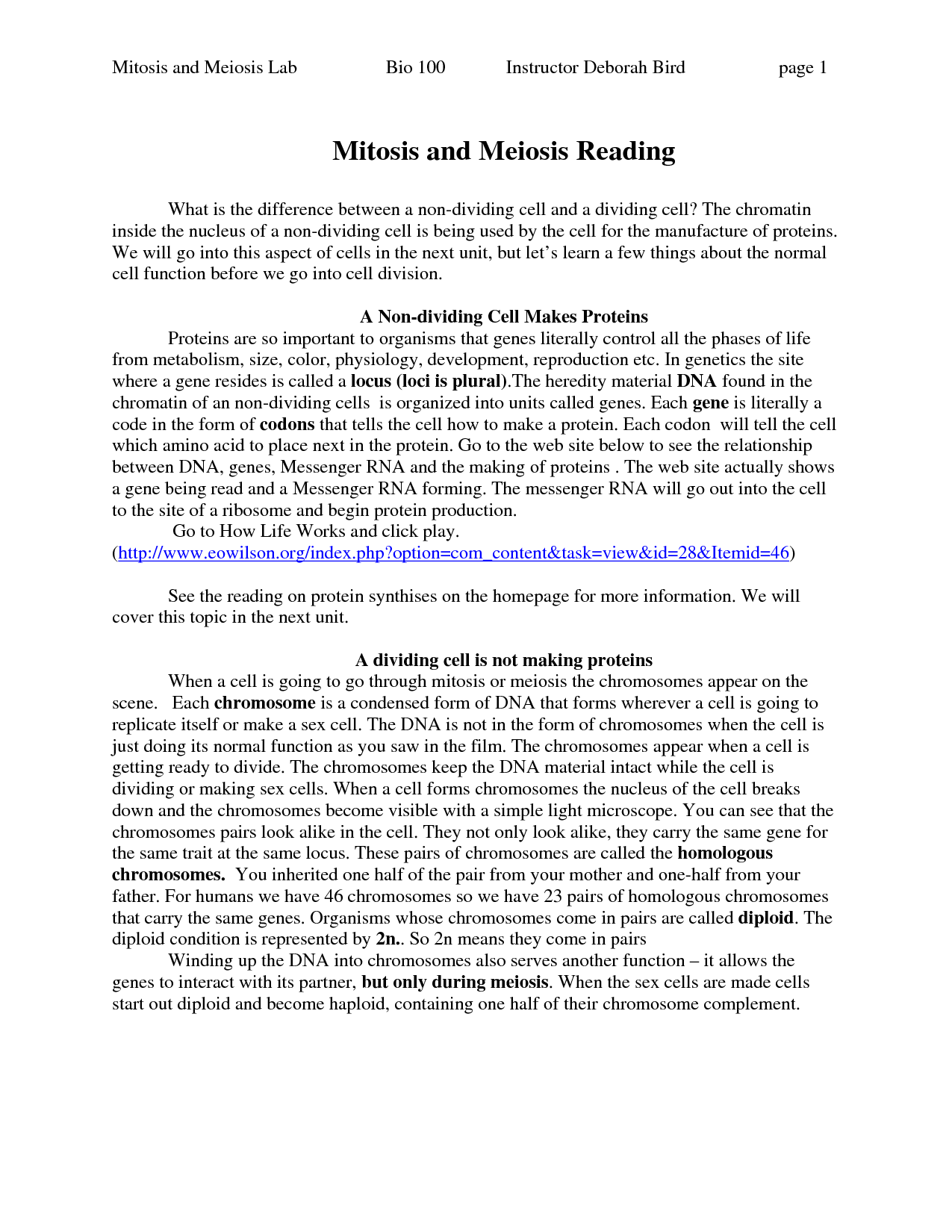
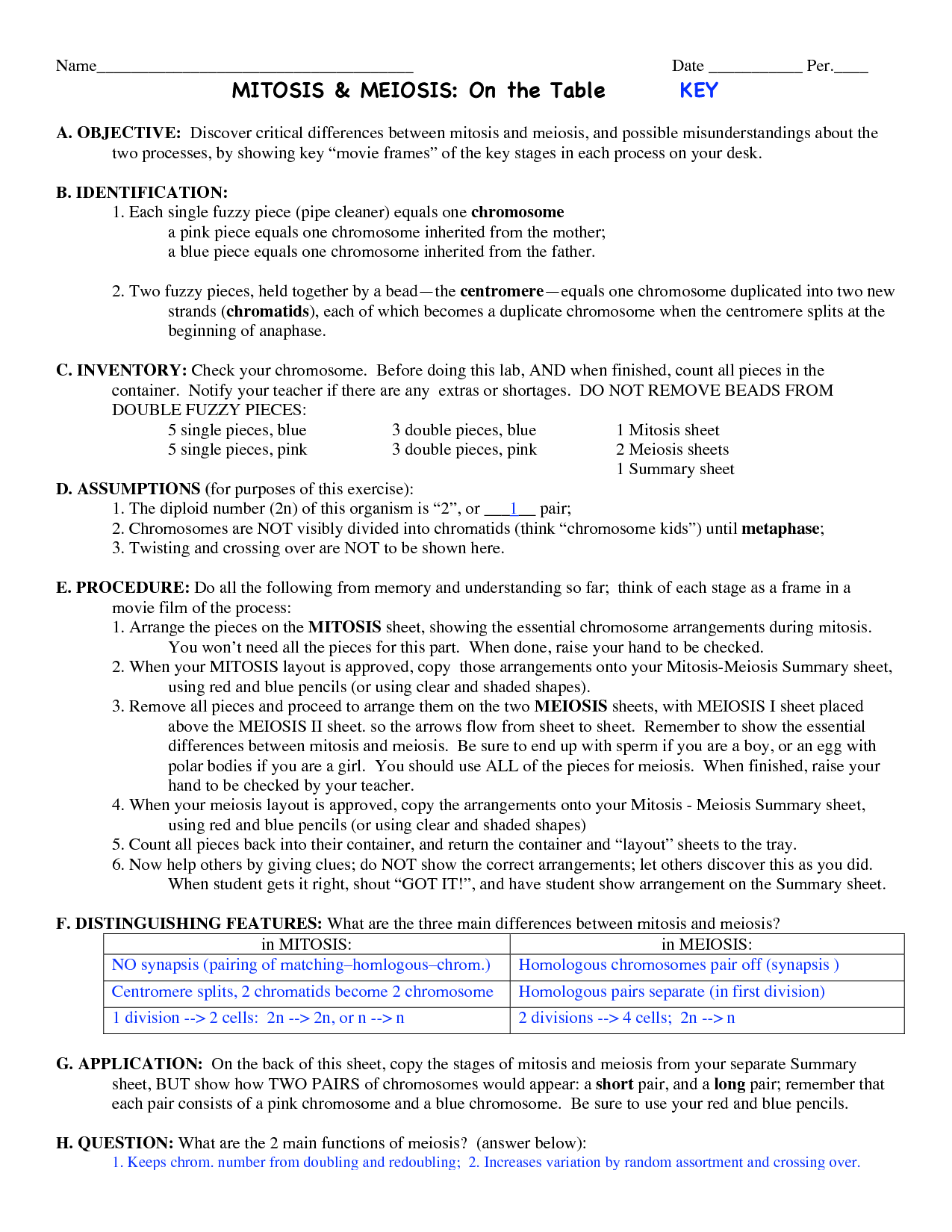
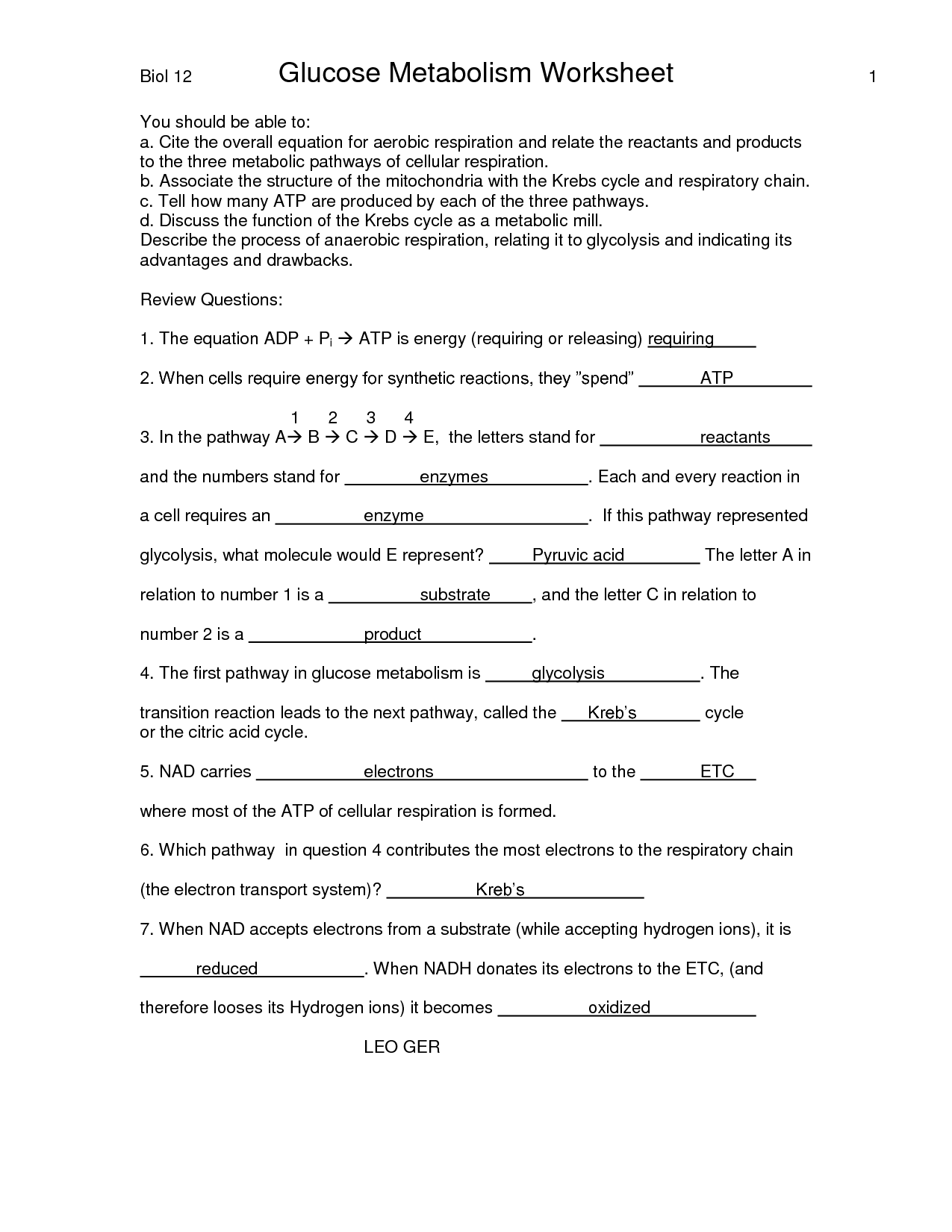
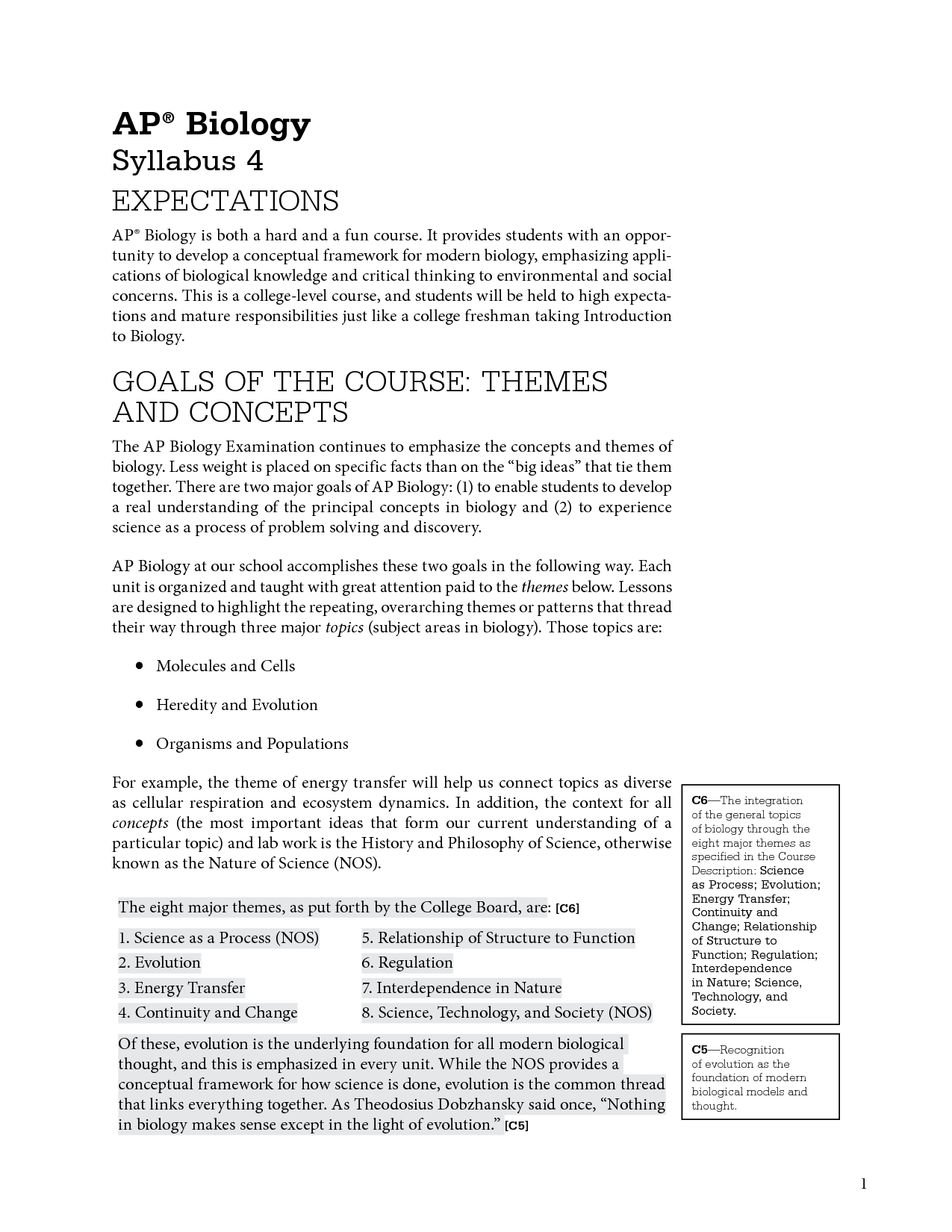
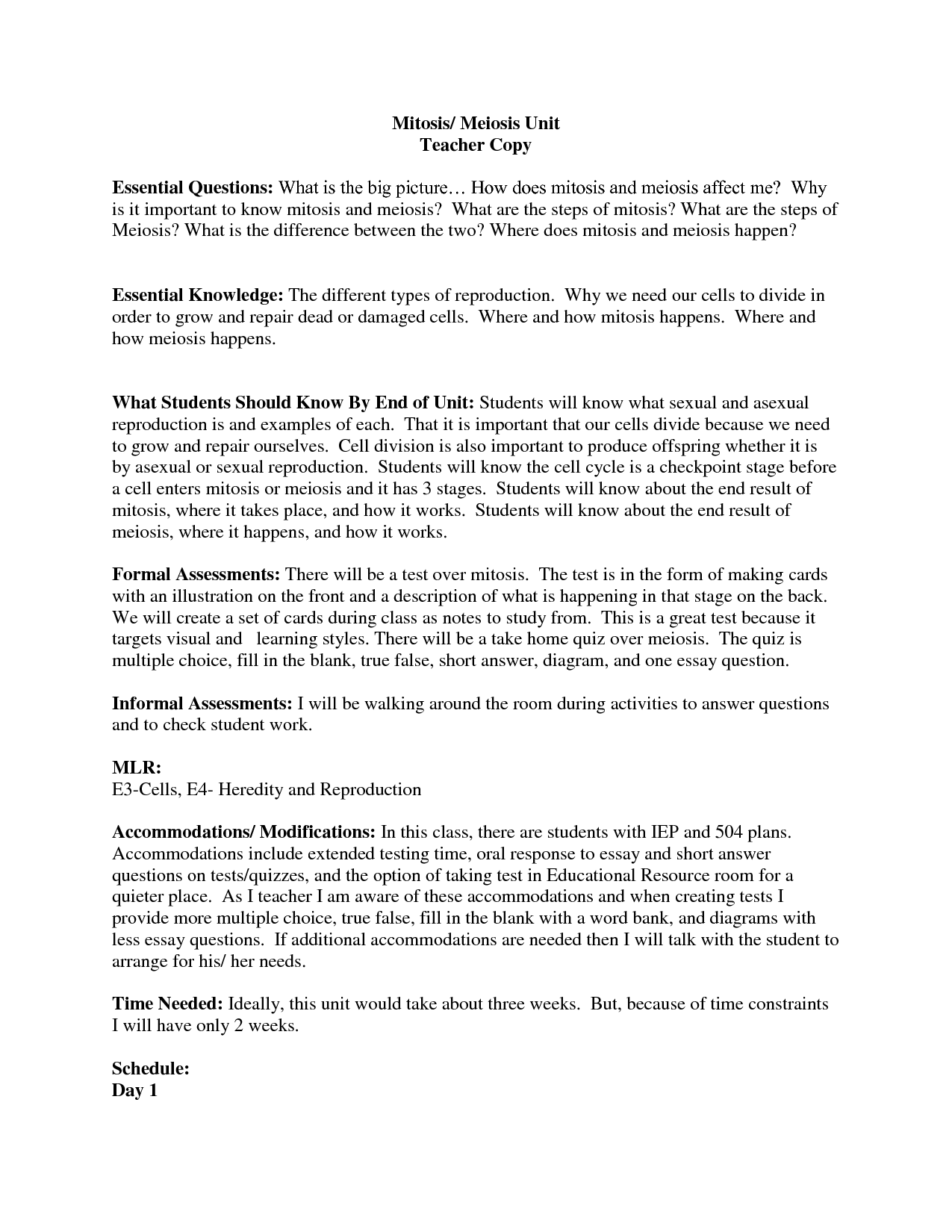


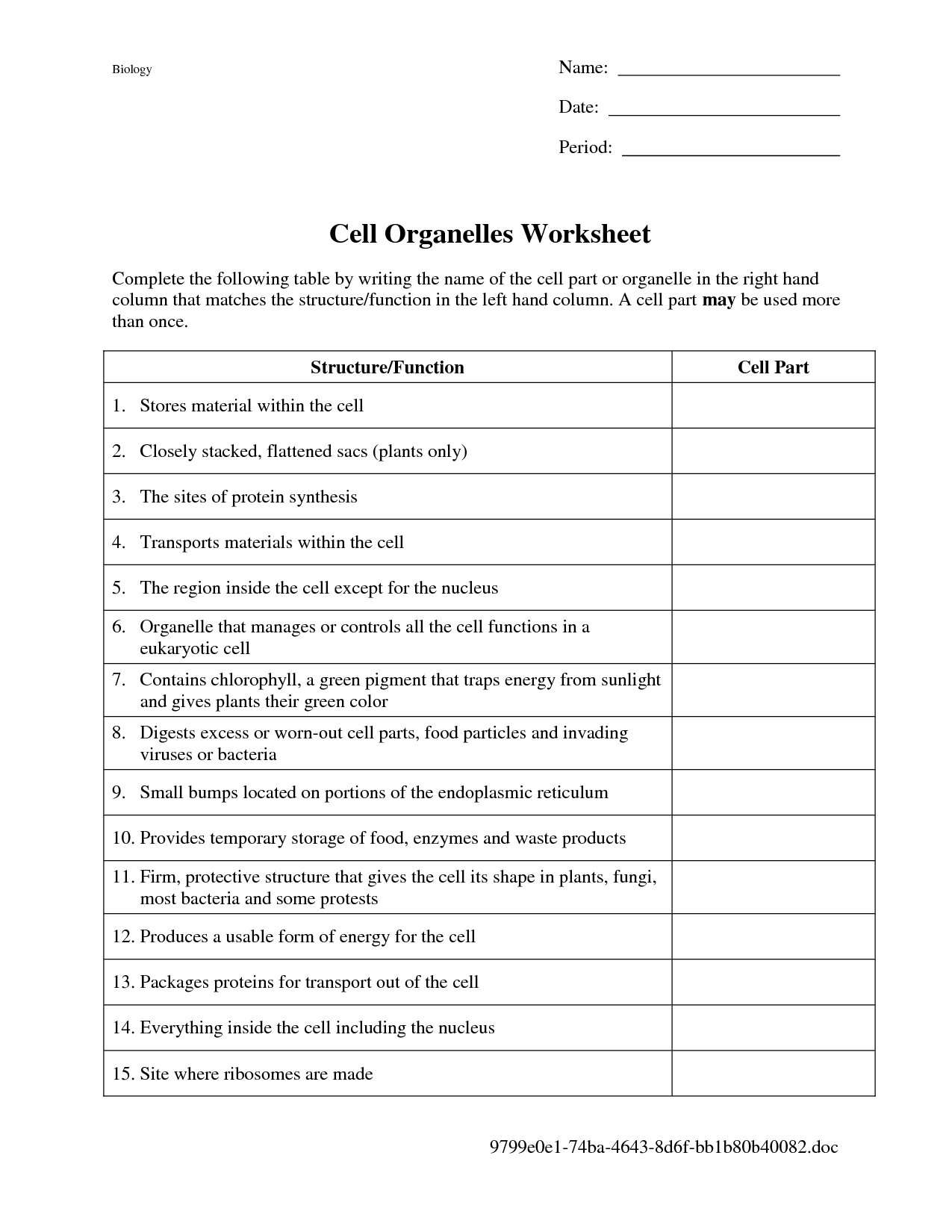
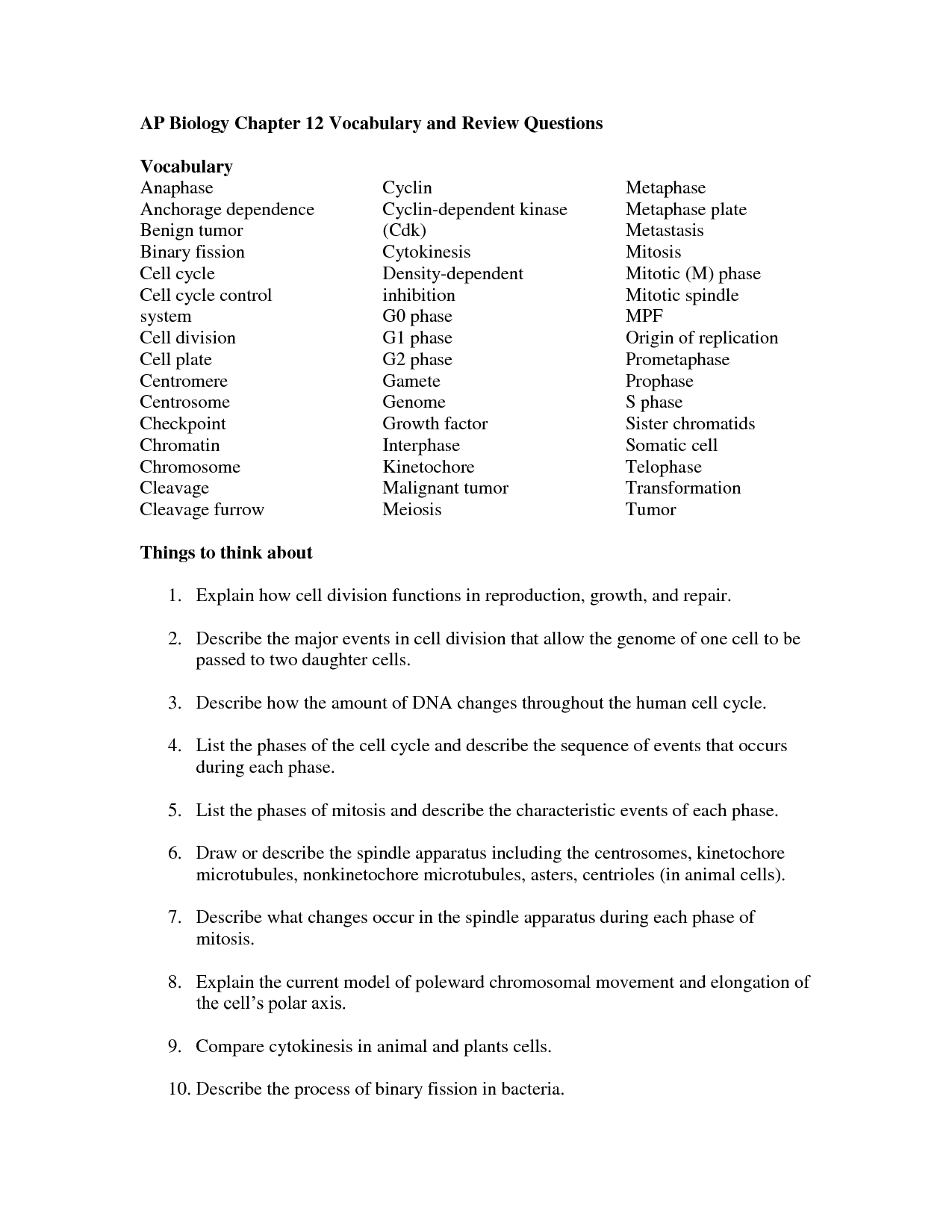














Comments